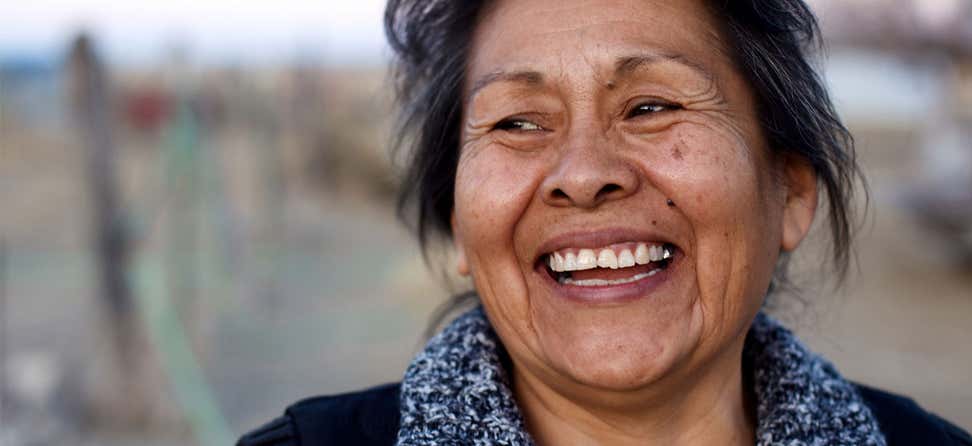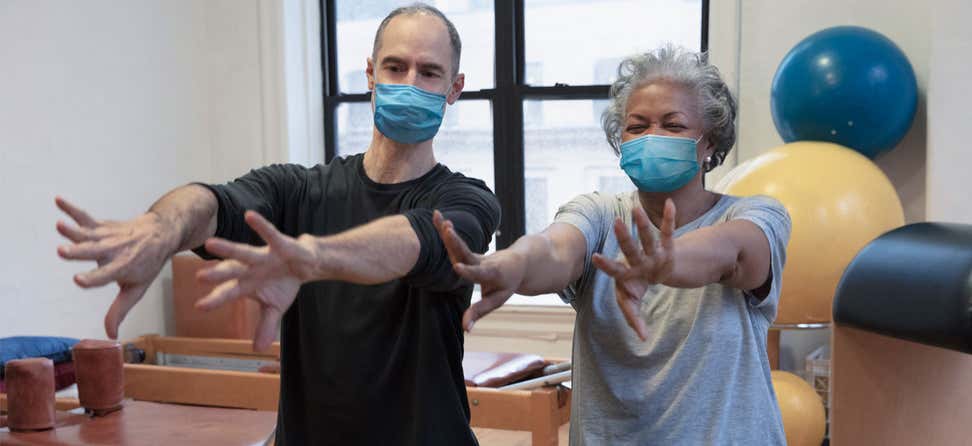Key Takeaways
Read about options for connecting American Indian, Alaska Native, and Native Hawaiian communities to culturally appropriate wellness information.
Explore more about the recommended action steps to move toward more inclusive health education.
Use one-pagers and a compilation of strategies to communicate these findings with your networks.
Evidence-based health prevention programs focused on a variety of health issues like managing chronic conditions, increasing physical activity, or preventing falls are available to be implemented in communities across the country and may be supported by state and federal funding. However, wellness means different things to different communities. This report explores a range of options for connecting American Indian, Alaska Native, and Native Hawaiian (AI/AN/NH) communities to culturally appropriate health and wellness information. Explore more about the recommended action steps to move toward more inclusive health education, what we can learn from existing evidence-based programs, and how this intersects with health disparities and limited access to care among indigenous communities.
- Purpose. The purpose of this report is to summarize lessons learned from the literature on how to implement culturally appropriate community-based health promotion programs; share the results of listening sessions conducted with both organizational program coordinators and AI/AN/NH Elders; share the results of a national survey of Older Americans Act Title VI program staff about the use of evidence-based programs; and recommend action steps to collectively work towards solutions for more inclusive programming for AI/AN/NH Elders.
- Audience. This report is intended to educate and raise awareness among an array of stakeholders from the public and private sectors with an interest in public health and aging and the capacity to implement action steps outlined in the action plan. Interested audiences may include AI/AN/NH communities; professionals in the fields of health care and aging, such as evidence-based program developers; federal, state, and local agencies; professional associations; consumer and caregiver organizations; and foundations.
- Action Steps. This report includes specific action steps intended to be a framework for action to advance the accessibility and effectiveness of evidence-based programs in AI/AN/NH communities. Each of these action items will require collective action from federal agencies, national partners, evidence-based program developers and administrators, local organizations, and ultimately community Elders.










